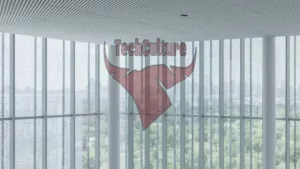Autonomous Vehicle Industry Calls for Federal Regulation Amid State-Level Complexities
As Alphabet’s Waymo leads the charge in fully autonomous driving technology in the United States, the autonomous vehicle (AV) industry faces a complex patchwork of state regulations. This regulatory landscape has prompted industry leaders to call for federal oversight to streamline the adoption of self-driving cars.
The current regulatory environment requires companies like Waymo and Tesla to navigate a diverse array of state laws governing self-driving vehicles. Inconsistencies in regulations, such as varying insurance requirements across states, are creating obstacles to widespread AV adoption. In response, AV companies are seeking federal guidance to create a more uniform regulatory framework.
The Autonomous Vehicle Industry Association has proposed a federal policy framework aimed at accelerating AV deployment. This proposal includes recommendations on safety standards and transparency measures. The Trump administration had previously shown interest in easing AV rules, including potentially reducing reporting requirements for manufacturers.
Eric Soskin, former inspector general at the Department of Transportation, suggests several potential approaches for federal regulation of AVs. One strategy involves implementing performance-based standards, which would set performance goals rather than specific rules, encouraging innovation in the industry. These standards could address critical aspects such as vehicle detection capabilities and road awareness.
Another key area of focus is cybersecurity and privacy. As data sharing becomes increasingly important for safety validation in AVs, there is a growing need for robust cybersecurity and privacy standards to protect consumer information.
System redundancies are also a crucial consideration for federal regulators. Establishing standards for safety features in case of system failures could be essential. For example, Volvo has already implemented dual brake systems in its self-driving trucks, setting a precedent for such redundancies.
Liability and insurance remain significant hurdles for AV adoption. Industry experts stress the need for a balanced liability system that doesn’t create disincentives for autonomy. Some suggest considering a proportional liability approach compared to human-operated vehicles.
As the AV industry continues to evolve, the call for federal regulation grows louder. With a unified framework, proponents argue, the United States could accelerate the safe deployment of autonomous vehicles, potentially revolutionizing transportation and improving road safety nationwide.



